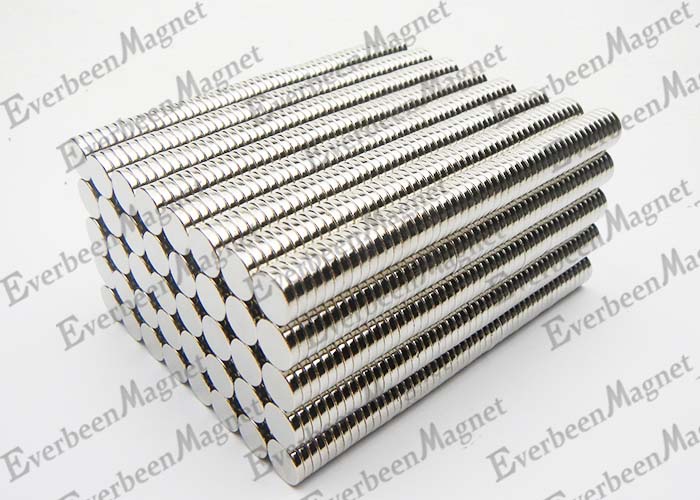A daily task in the overall planning of the powerful magnet equivalent circuit is to drive the magnetic flux density of the magnetic air gap as much as possible. The power circuit general current intensity driving analogy is simple, only need to modify the cross section of the transmission line. The smaller the cross-section, the higher the current intensity, and the equivalent circuit is not so convenient. Except for very few cases, there is no impermeable chemical substance in the magnetic line of induction.

Only need to conduct magnetic field, no non-conductive magnetic field (at least not at room temperature, only need nanotube chemical substance is adiabatic in the case of nanotubes, but the equivalent circuit is slightly modified, permanent magnetic materials and magnetic field Properly placed, it is still the magnetic flux density that can drive the working magnetic density. The conduct of the working magnetic flux density depends on the attraction of opposite sex and the repulsion of same sex.
The key to the method of magnetization is to modify the cross-section of the equivalent circuit to avoid the magnetic field of induction. The total area of the magnetic pole, the length and the magnetic density of the permanent magnetic material are generally cylindrical, circular, and their diameter. There is an inevitable connection between thickness and magnetic function. The magnetization of permanent magnetic material is a volume, which has been mentioned before, but the magnetic flux density is related to the total area.
It is a total area, Φ is the magnetic flux, and the enterprise is the normal cross section of the magnetic flux. Follow the coercive force of the rare earth permanent magnetic material, and respond to the landing of the conductivity μ, which is close to the gas permeability I. The magnetoelectric type of the permanent magnetic material itself cannot be ignored, so the length of this kind of permanent magnetic material in the magnetized direction Not suitable for too long. In the process of magnetization, a thousand years ago, we Chinese were magnetized by friction between an iron rod and a magnetic rod, making it the world's first compass. Up and down in 1100, we Chinese used a magnet needle and a steering wheel to connect together to make a magnetic manual instrument for ocean navigation. In 1820, Dutch scientists discovered that the amount of electricity induced magnetism. In the 1930s, Japan discovered new magnets with mixed elements of nickel, aluminum, and cobalt.
In the 1970s, Japanese biologists created neodymium magnets. This kind of new magnets are known as "natural magnets discovered by people 5000 years ago. Before 2300, we Chinese people crushed natural magnets into a spoon shape and placed them on a smooth surface." , With the function of the geomagnetic sensor, the spoon handle manual is the world's first manual instrument for rare earth permanent magnets.
The whole production process of permanent magnets: firstly make a sand mold that requires the appearance design of the magnet, then the magnet can be forged. The materials include: copper, cobalt, sulfur powder, nickel, iron, aluminum and titanium. The metal materials are put into the electromagnetic induction furnace and heated to above 1600°C to melt all the metal materials into liquid. Pour the aqueous solution into the sand mold, and the sand mold will be destroyed, because the vapor in the hard-bottomed sand is flammable.
Use a hammer to smash the casting mill, let the gas enter the cooling material in the casting mill, and let the gas burn out. If the metal material is divided into the bangs from the sand block, the metal material after forging is still a normal steel block, which does not have any magnetism. Tie the metal product to the copper pipe of the air conditioner and put it into a larger water pipe. Put the copper pipe of the air conditioner in the middle, and the surrounding area is tightly filled with silica sand. Seal the two sides with concrete to show the two sides of the copper pipe of the air conditioner.
